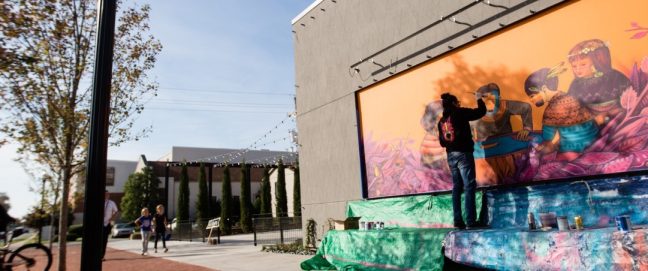Learning from failure needs a sharp and objective eye. We need to be able to discern it in the midst of apparent success – and vice-versa
The climate emergency brings to the fore the need to better design long term programmes for the poor on the basis of current and past on-the-ground experiences. At the SELCO Foundation, which works to alleviate poverty and fight climate change in India through decentralised renewable energy programmes, we know that better than most. Often, interventions are either labelled as successes or failures. This binary way of looking at them has prevented better analysis of their lessons, leading to a waste of philanthropic monies. It might be more productive to look at the shades of grey between the black and white and to try to discern the successes within the failures and vice-versa, especially when it comes to climate and development-related interventions.
With water tables depleting, the farmers are forced to dig deeper and enhance the capacity of the water pump, thus making irrigation and farming unsustainable, leading to migration and even suicide among farmers because of being forced into perpetual debt.
Let’s imagine each intervention consisting of multiple parts, like links in a chain. In the climate and development field, normally if one of the links breaks, the whole chain is discarded as a failure. The possibility of replacing that link is seldom examined and philanthropic money is repeatedly used to rebuild the entire chain on the pretext of different geographies, culture, typographies etc. The learnings are never transferred, as ‘failed’ projects are perceived to be doomed to fail again.
Subscribe now from only £45 a year!
This article is only available for our subscribers
Existing users can login here





